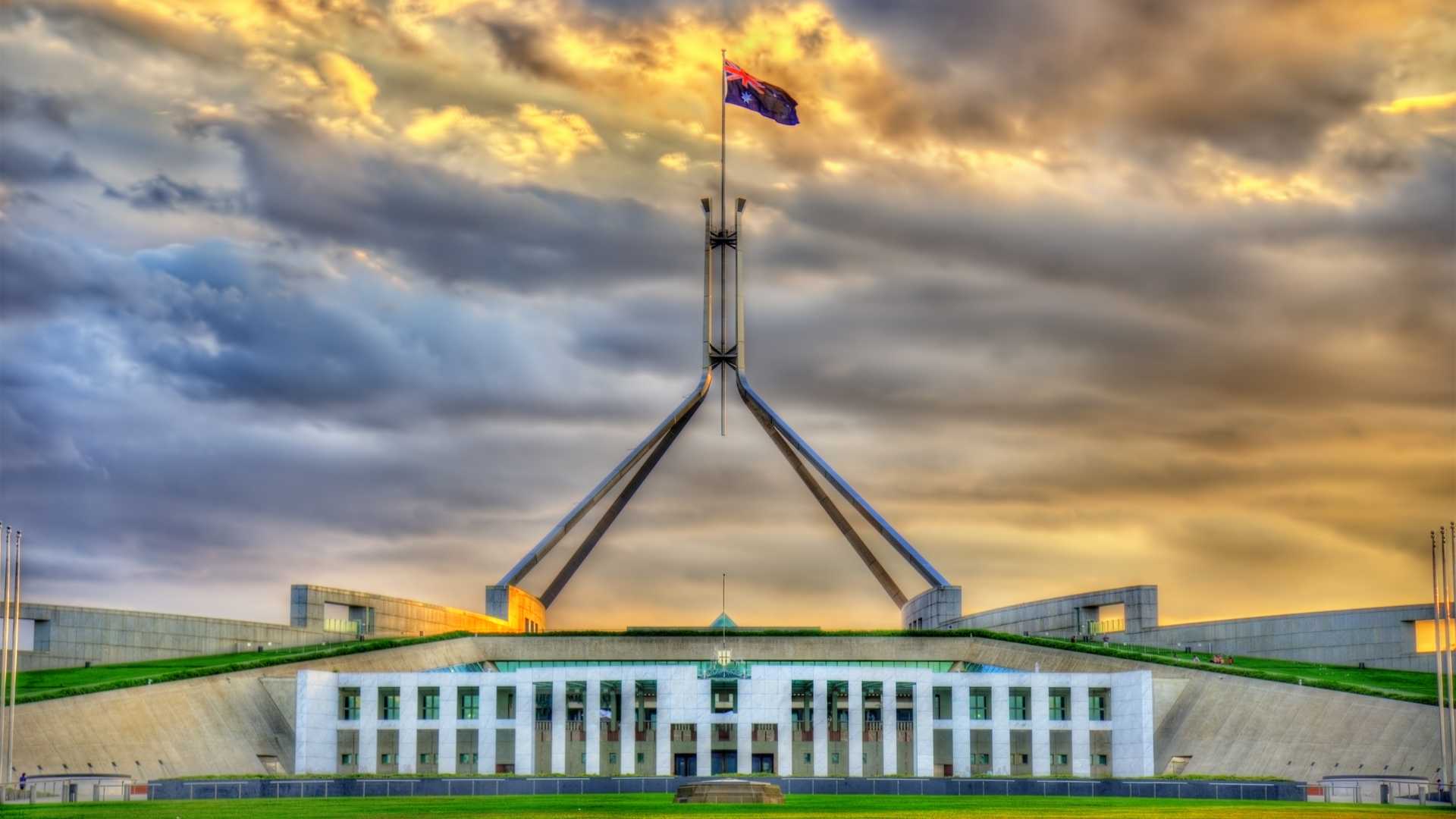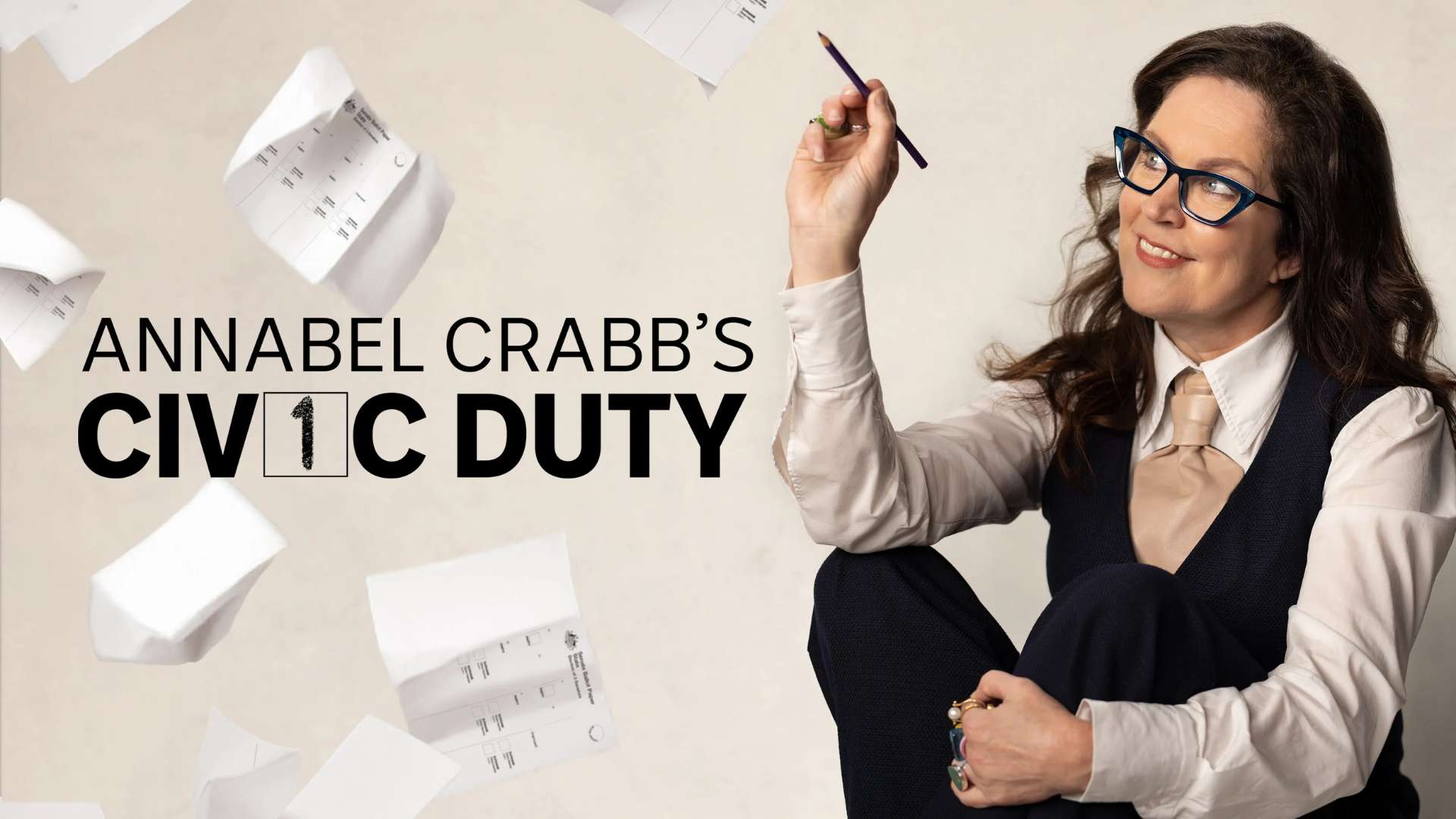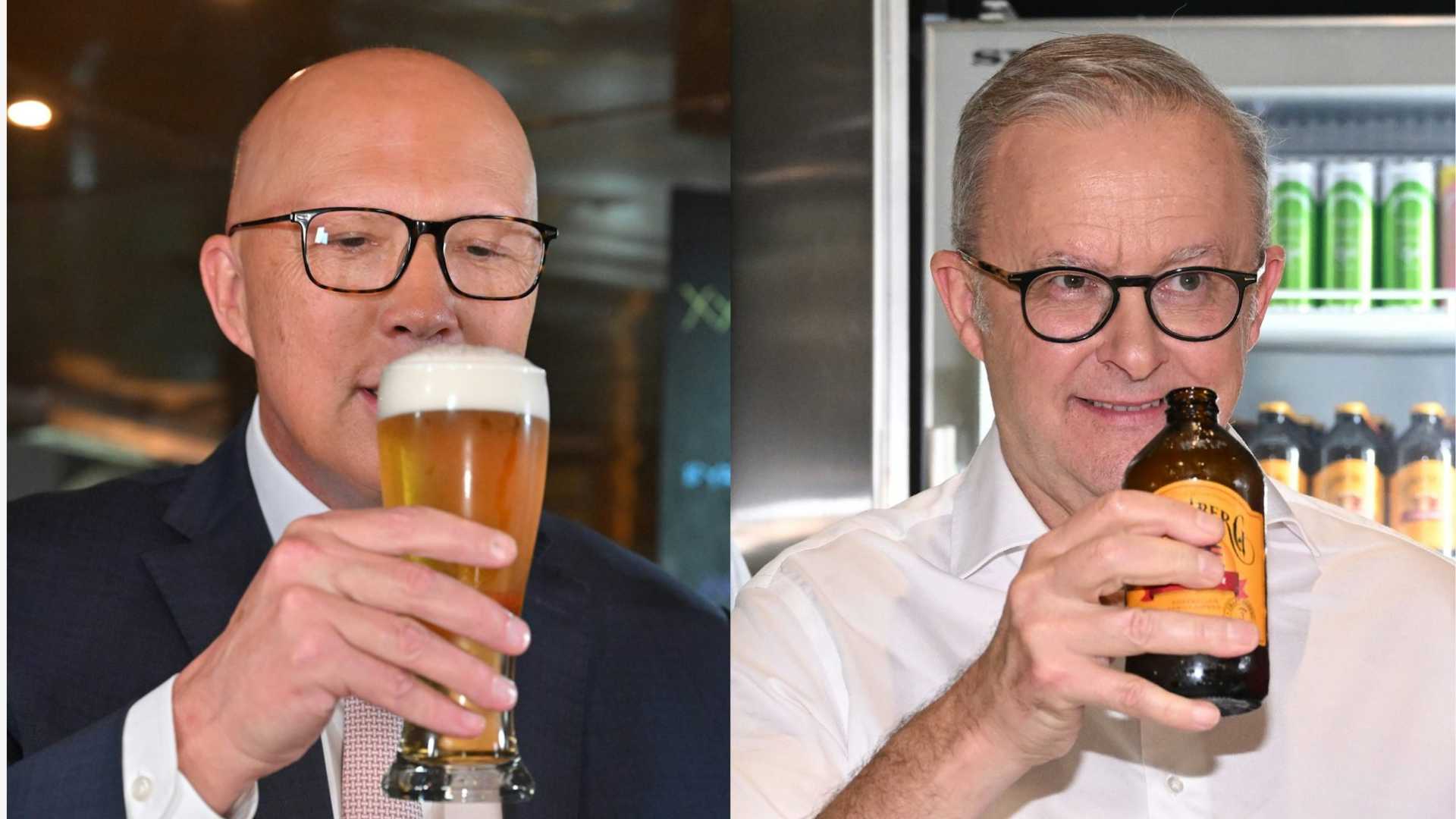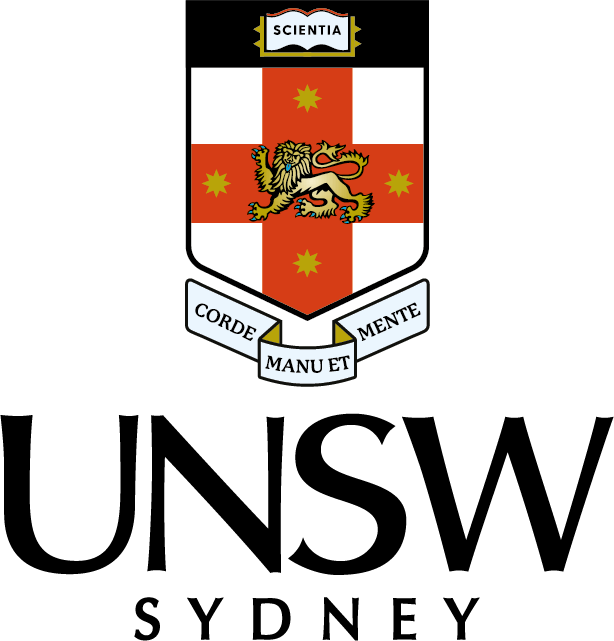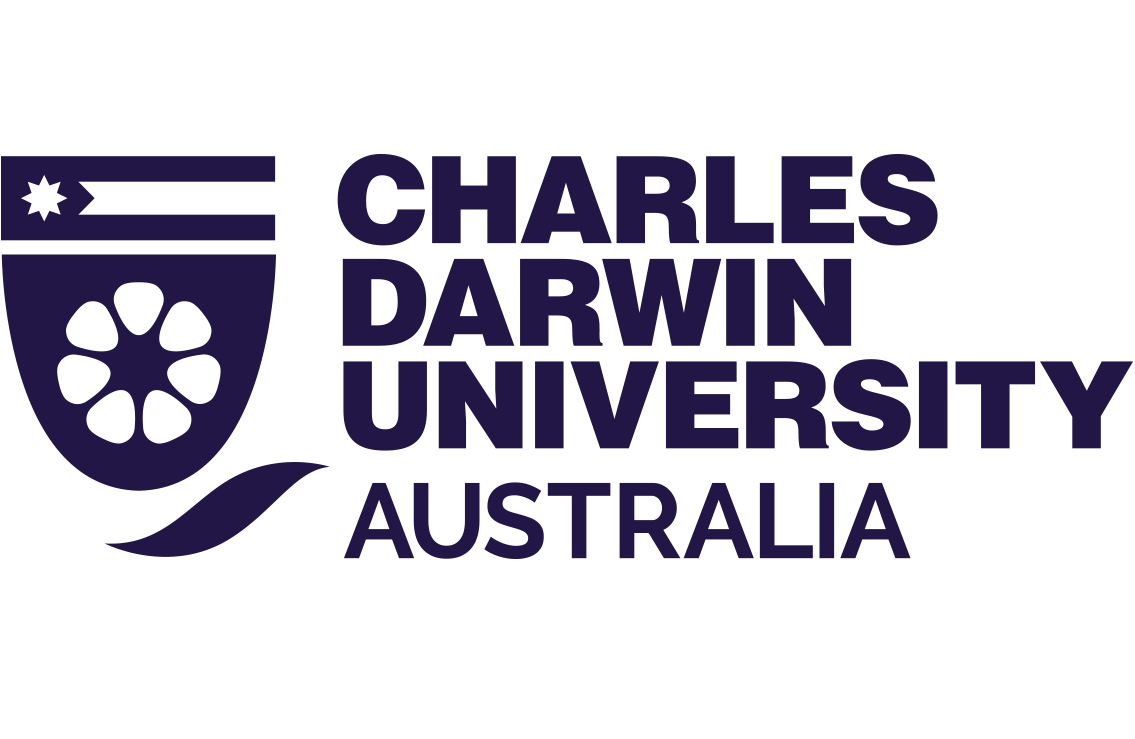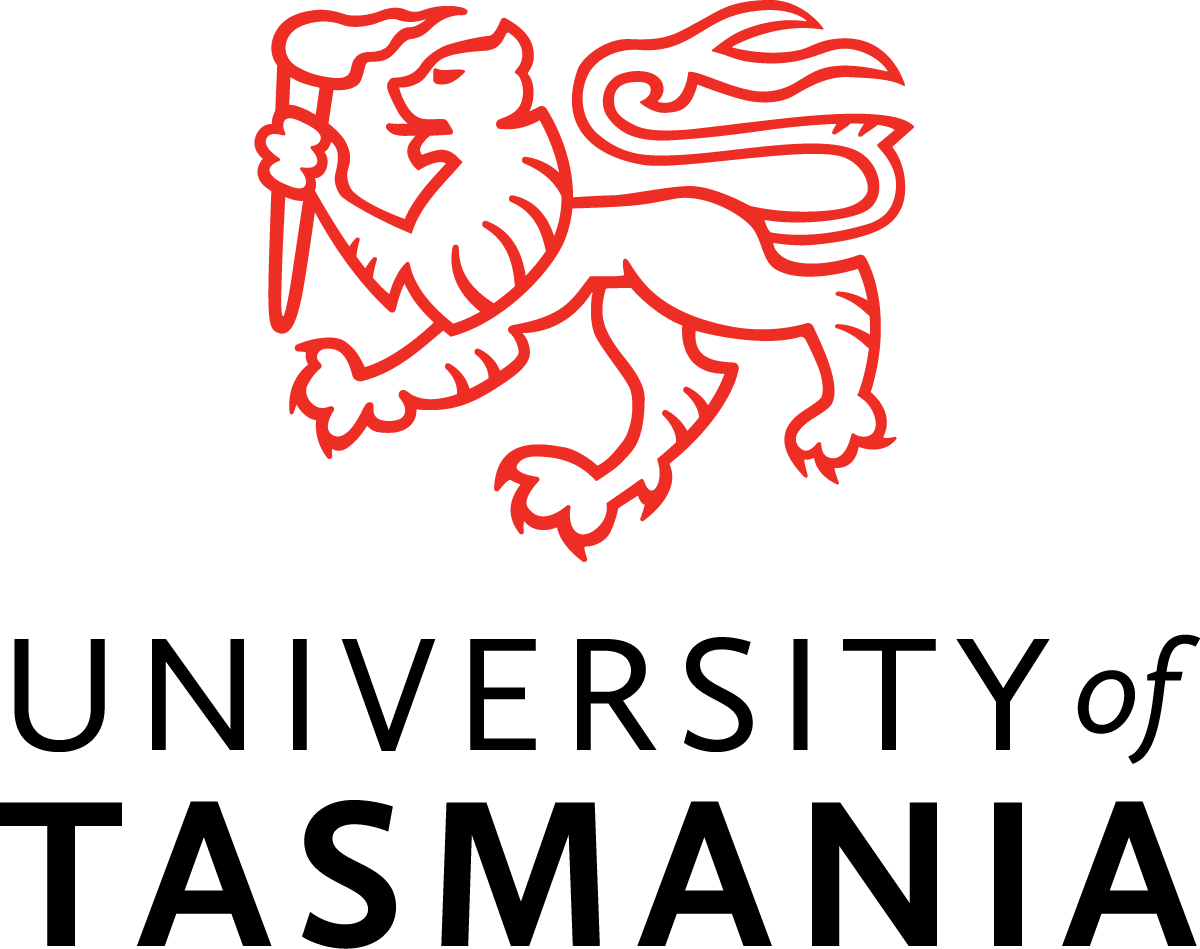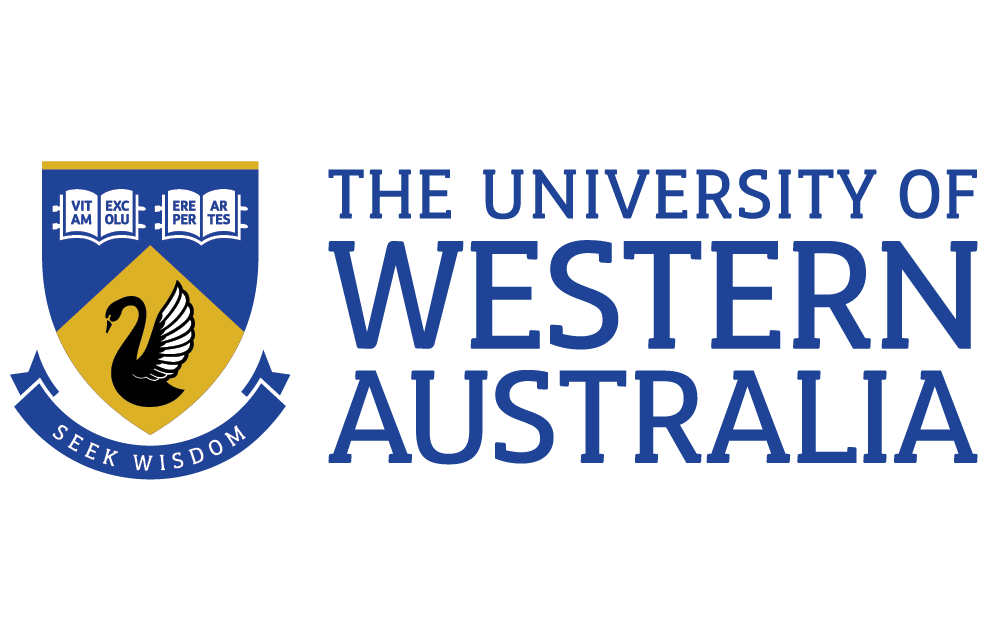Natalie Barr, Becca Shepard, Elise Stephenson & Michelle Ryan, Global Institute for Women’s Leadership (ANU), 9 April 2025
Women disproportionately placed in high-risk seats ahead of federal election
While some progress has been made towards gender equality in Australian elections, women remain underrepresented among candidates in the 2025 federal election, a new report shows.
The report published by the Global Institute for Women’s Leadership at ANU shows fewer women than men running in the election. They’re also more likely to be running in ‘glass cliff’ seats that are hard to win and precarious to hold.
Key findings:
- Coalition women continue to face the steepest challenge. While the gender gap in winnable seats has halved (from 26% in 2022 to 13% in 2025), the Coalition is still fielding more than twice as many male candidates as female ones, with most women contesting precarious, ‘glass cliff’ seats.
- The Australian Labor Party has increased female representation to a majority of candidates for the first time at 56% (up from 46% in 2022). As the incumbents, the number of both male and female Labor candidates running in risky, ‘glass cliff’ seats is lower this election. In 2025, 57% of Labor men are running in safe or fairly safe seats, compared to just 50% of women, a slight decrease in the gender gap from 9% in 2022 to 7% in 2025. The playing field is becoming more balanced, but Labor men, despite being outnumbered overall, still have a better shot at winning their seats.
- Diversity among candidates remains another area of concern. Of the 591 declared candidates at the point of analysis, 21% self-identified as belonging to diverse or underrepresented groups. However, this figure falls short of the rate of diversity seen in the current Parliament (29%), with the largest drop occurring among culturally and linguistically diverse (CALD) representation (16% of candidates vs 23% of sitting MPs).
Read the report
